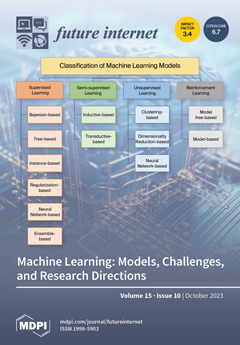Exoskeletons have emerged as a vital technology in the last decade and a half, with diverse use cases in different domains. Even though several works related to the analysis of Tweets about emerging technologies exist, none of those works have focused on the analysis of Tweets about exoskeletons. The work of this paper aims to address this research gap by presenting multiple novel findings from a comprehensive analysis of about 150,000 Tweets about exoskeletons posted between May 2017 and May 2023. First, findings from temporal analysis of these Tweets reveal the specific months per year when a significantly higher volume of Tweets was posted and the time windows when the highest number of Tweets, the lowest number of Tweets, Tweets with the highest number of hashtags, and Tweets with the highest number of user mentions were posted. Second, the paper shows that there are statistically significant correlations between the number of Tweets posted per hour and the different characteristics of these Tweets. Third, the paper presents a multiple linear regression model to predict the number of Tweets posted per hour in terms of these characteristics of Tweets. The R
2 score of this model was observed to be 0.9540. Fourth, the paper reports that the 10 most popular hashtags were #exoskeleton, #robotics, #iot, #technology, #tech, #innovation, #ai, #sci, #construction and #news. Fifth, sentiment analysis of these Tweets was performed, and the results show that the percentages of positive, neutral, and negative Tweets were 46.8%, 33.1%, and 20.1%, respectively. To add to this, in the Tweets that did not express a neutral sentiment, the sentiment of surprise was the most common sentiment. It was followed by sentiments of joy, disgust, sadness, fear, and anger, respectively. Furthermore, hashtag-specific sentiment analysis revealed several novel insights. For instance, for almost all the months in 2022, the usage of #ai in Tweets about exoskeletons was mainly associated with a positive sentiment. Sixth, lexicon-based approaches were used to detect possibly sarcastic Tweets and Tweets that contained news, and the results are presented. Finally, a comparison of positive Tweets, negative Tweets, neutral Tweets, possibly sarcastic Tweets, and Tweets that contained news is presented in terms of the different characteristic properties of these Tweets. The findings reveal multiple novel insights related to the similarities, variations, and trends of character count, hashtag usage, and user mentions in such Tweets during this time range.
Full article





